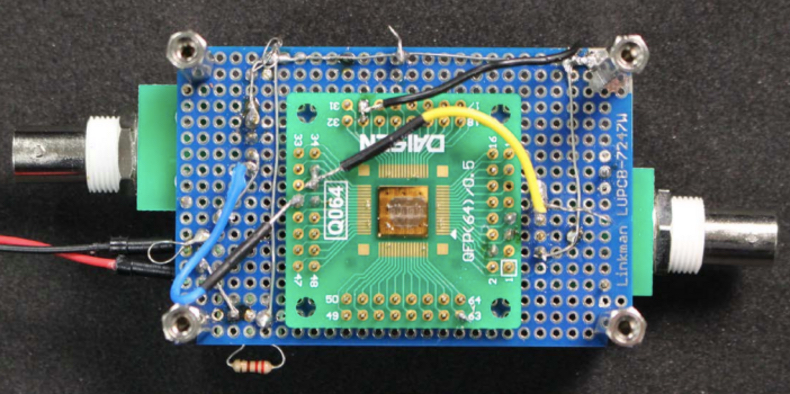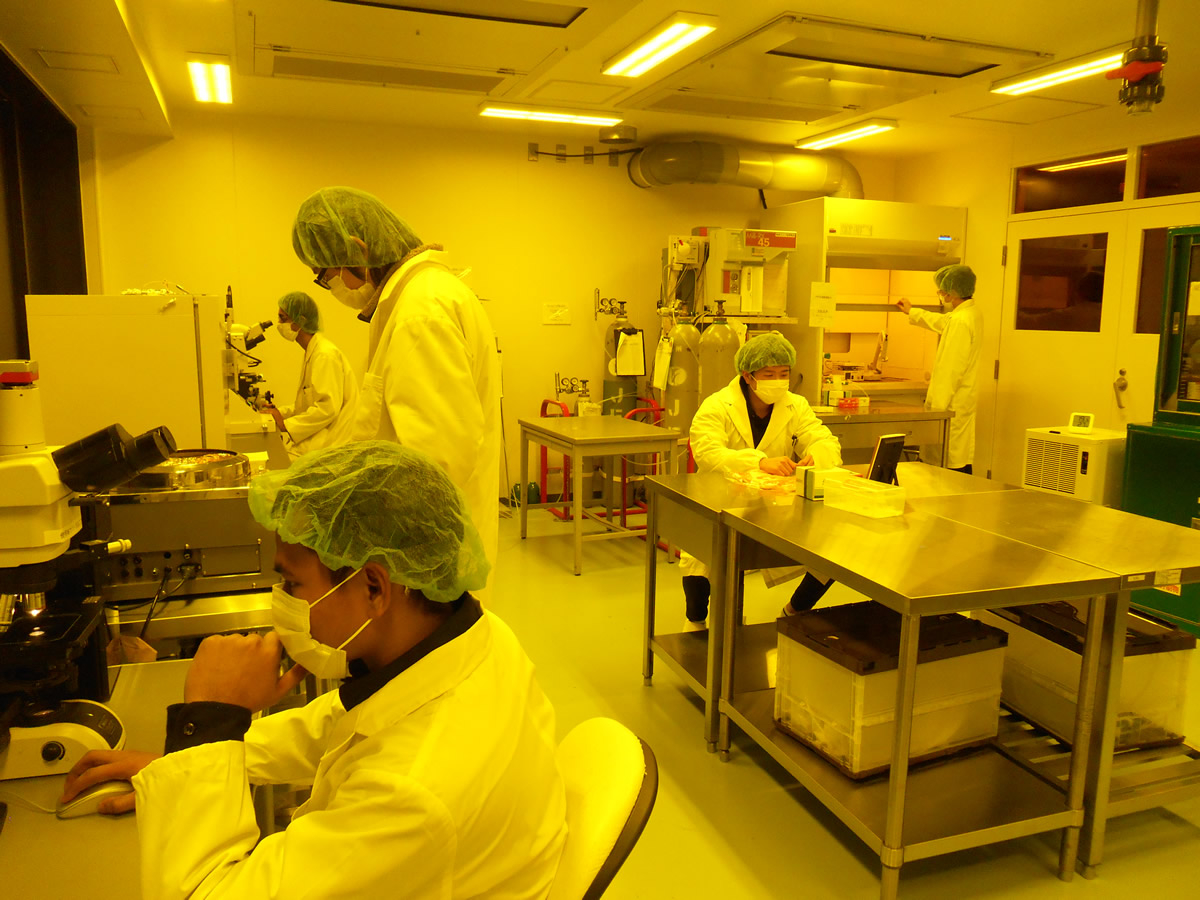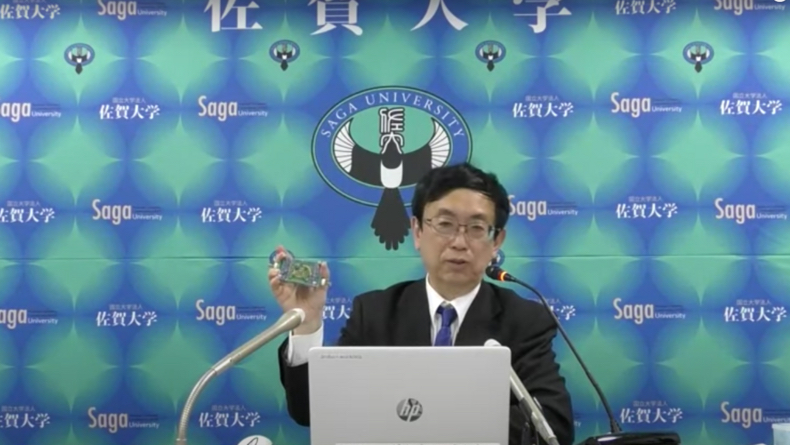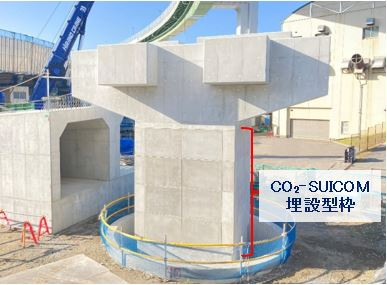J-STORIES ー 圧倒的な性能の高さで「究極の半導体」と呼ばれ、50年以上世界中で研究され続けてきたにもかかわらず、技術的に実現は極めて難しいと言われていたダイヤモンド半導体。今年4月、佐賀大学の嘉数誠教授が世界で初めてダイヤモンド半導体を使ったデバイスでパワー回路を開発、実用化への期待が高まっている。

現在、電子部品に使われている半導体の大半は、シリコンを基盤材料にしている。大きな電圧、電流を扱う電気自動車や鉄道車両、5G基地局などが広がる中、シリコンカーバイドや窒化ガリウムなどを材料にしたより強度の高いパワー半導体も普及しているが、通信の大容量化などに伴い、半導体性能のさらなる向上が必須となっている。
佐賀大学の資料によると、ダイヤモンドはシリコンに比べて約5万倍の大電力高効率化、約1200倍の高速特性が期待されており、他の材料と比べて圧倒的な性能の高さと耐久性を持つ。

たとえば現在、通信衛星では高い周波数に対応する半導体がないことから真空管が利用されているが、効率や耐久性に課題があった。高周波数、高出力に対応するダイヤモンド半導体はその問題を解決するうえに放射線への耐性もあるため、宇宙開発を加速するためには必須だと言われている。
また、より高度な自動運転を実現するには、さらにパフォーマンスの高いパワー半導体が不可欠となるため、ダイヤモンド半導体の実用化を求める声は少なくない。
佐賀大学の発表によると、嘉数教授が開発したダイヤモンド半導体パワー回路は、10ナノ秒を切る時間で高速スイッチング動作を示し、190時間の連続動作でも劣化することなく、安定化も実現できた。これまでの研究例とはと大きく異なる画期的な点で、ダイヤモンド半導体の実用化への道筋を開く成果だ。

嘉数教授によれば、ダイヤモンド半導体の研究論文は世界でも多く、瞬間的な性能の高さを示す成果は多数報告されているが、「製品」として安定した性能を示し続ける報告はなかったという。今回の開発成功により、現在の5Gを上回るより高度な通信インフラである「Beyond 5G」への対応や真空管が使用されている通信衛星の半導体化などの新たな可能性が期待されている。
同教授がダイヤモンド半導体の研究に着手したのは、NTT物性科学基礎研究所に勤務していた1990年ごろ。「一生の中でいつかは半導体を極めてみたい」という憧れにも似た気持ちで、主研究のかたわらに1人で手掛けた研究だったが、それが徐々に認められて2000年ごろから本格的に取り組み始め、2011年には佐賀大学に拠点を移した。
嘉数教授は「いくら性能の高さが証明されても実用化できなくては意味がない」と考え、何より製品への応用を目的に開発を続けてきた。今回の成果は「工業的に再現でき、実用化できるものを作るために基礎特性を一つ一つ積み木のように積み上げてきた結果」(嘉数教授)だという。

「3、4年後にはサンプルとして世の中に出せるようにしたい。それを使って、体験してもらっていろいろ指摘していただきたい。その結果、10年くらい後には社会の様々なところに使われるようになっていれば嬉しい」(嘉数教授)
もちろん、製品として普及するまでにはまだ多くの課題がある。たとえば硬質なダイヤモンドを効率よく研磨する方法など、様々な周辺技術の向上も必要になる。
「ダイヤモンド半導体は間違いなく世界で最も優れている半導体で、山にたとえればエベレスト。登り続けてようやく中腹まで来た。いろいろな方にこの流れに入ってきていただいて加速させ、なんとか山頂にたどり着きたい」と嘉数教授は語っている。
またこの5月には、佐賀大学との共同研究で直径2インチのダイヤモンドウェハを開発したOrbray(旧・アダマンド並木精密宝石、東京都足立区)と、トヨタとデンソーの合弁会社ミライズテクノロジーズ(愛知県日進市)が共同研究の着手を発表。ダイヤモンド半導体の電動自動車への応用へ向けて大きな一歩を踏み出した。
記事:嵯峨崎文香 編集:北松克朗
記事:嵯峨崎文香 編集:北松克朗
トップ写真:佐賀大学 提供
この記事に関するお問い合わせは、jstories@pacificbridge.jp にお寄せください。
***
本記事の英語版はこちらからご覧になれます。





_bigthumbnail.jpeg)














![[PODCAST] 如何打造成功的新創企業社群(第2集)](https://storage.googleapis.com/jstories-cms.appspot.com/images/1748493203370business-man-holding-light-bulb-social-network-2024-10-31-22-37-36-utc_smallthumbnail.jpg)


